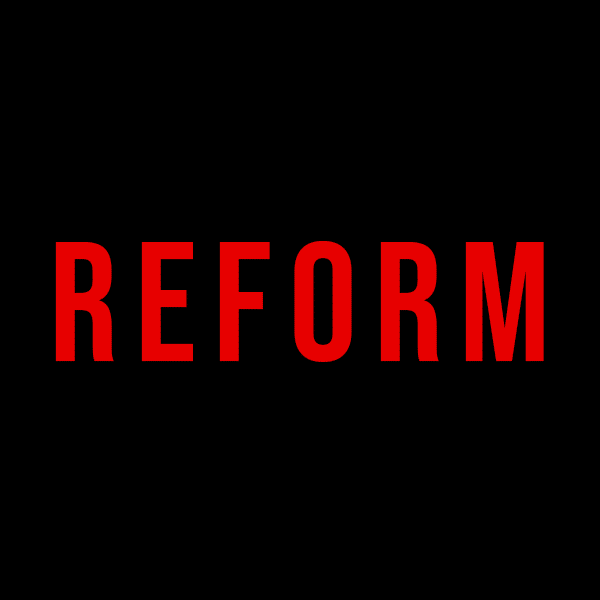 The FCC’s plan to allow rural rate-of-return carriers to collect Universal Service funding for stand-alone broadband may not achieve its intended goal of substantially reducing the cost of that service, cautioned Michael Romano, senior vice president of industry affairs and business development for NTCA—The Rural Broadband Association, in an interview with Telecompetitor.
The FCC’s plan to allow rural rate-of-return carriers to collect Universal Service funding for stand-alone broadband may not achieve its intended goal of substantially reducing the cost of that service, cautioned Michael Romano, senior vice president of industry affairs and business development for NTCA—The Rural Broadband Association, in an interview with Telecompetitor.
Previously rural customers were paying an average of about $120 monthly for stand-alone broadband, while customers in urban areas were paying about $60 monthly for that service, Romano said.
“This reform might help get [the rural price] more toward $100 or $110 per month, but not bring it to where it’s ‘reasonably comparable’ with an urban area,” commented Romano.
Yet the goal of the nation’s Universal Service programs is to help ensure that citizens in rural areas pay rates that are “reasonably comparable” with those in urban areas. According to Romano, the reasonably comparable rate that the FCC has set for stand-alone broadband is just above $75.
Stand-Alone Broadband Reforms
Traditionally the Universal Service program has focused on voice services and as Romano explained “Universal Service funds broadband-capable networks, but support was distributed based on customers’ purchase of voice services.”
The upshot is that rural carriers often have had to charge comparatively high prices for broadband service.
An FCC reform order adopted in March aims to change that by providing Universal Service support for stand-alone broadband purchased without voice service. Stand-alone broadband was just one element of the order, which had the broader goal of helping to bring higher-speed broadband to rural areas and to help ensure that all Americans have broadband available to them.
In the same order, the FCC gave rural carriers two choices moving forward. One option is to move to a model-based system that would fund some of carriers’ costs based on an FCC estimate of what it should cost to deliver higher-speed broadband in their areas. Alternatively, carriers can remain on the traditional program that pays a portion of their embedded costs.
Those remaining on the traditional program also would have broadband buildout requirements but those requirements are less aggressive in terms of buildout targets, Romano explained. Those remaining on the traditional program also would have the option of collecting Universal Service funding for stand-alone broadband.
Rural carriers have a November 1 deadline to let the FCC know their decisions, and the budget available for carriers remaining on the traditional program will depend, in part, on how many carriers opt for the model-based option. As Romano explained, “The FCC said ‘[You] have a budget of x dollars. If you exceed it across the country, [we] will give everybody a haircut.’” In addition, other budget controls have been imposed on the traditional program.
If carriers don’t receive the full level of support expected, they will have to charge customers more for stand-alone broadband, Romano noted. And that, he said, “puts at risk the goal of charging reasonably comparable rates.”
He added that “We’ll know more once model elections occur how big this problem is.”
NTCA Petition
NTCA filed a petition with the FCC in May to express concerns about this and other issues.
In the petition, NTCA asks the FCC to temporarily eliminate the requirement for rural carriers to certify that they are providing stand-alone broadband services at reasonably comparable rates “until the budget and other potential structural changes to the mechanism can be considered and/or reconsidered, as necessary and appropriate.”
Romano noted that a potential solution might be to make up some or all of any budget shortfall using a portion of an estimated $2 billion Universal Service reserve fund. The reserves include monies collected over time to support Universal Service but not distributed.
According to Romano, about three-quarters of that reserve fund is expected to be used to supplement the model-based support program. But NTCA estimates that about $500 million of the reserve fund has not been earmarked.
According to the current plan, “you have money in the bank but you’re applying austerity measures,” Romano said. “It hinders the ability for the reform to achieve what was hoped.”
NTCA takes care in its petition to the FCC not to appear ungrateful about stand-alone broadband reforms in general. “NTCA’s highlighting of this evidence in the record should not be perceived as an attack upon – nor a lack of gratitude for – the Commission’s efforts to work with stakeholders to develop and implement a stand-alone broadband support mechanism,” the petition states. It goes on to state that “This petition should instead be seen as seeking a much-needed further conversation – what must happen to make sure that the reform the commission adopted actually works for rural consumers?”
Image courtesy of flickr user Sean MacEntee.


